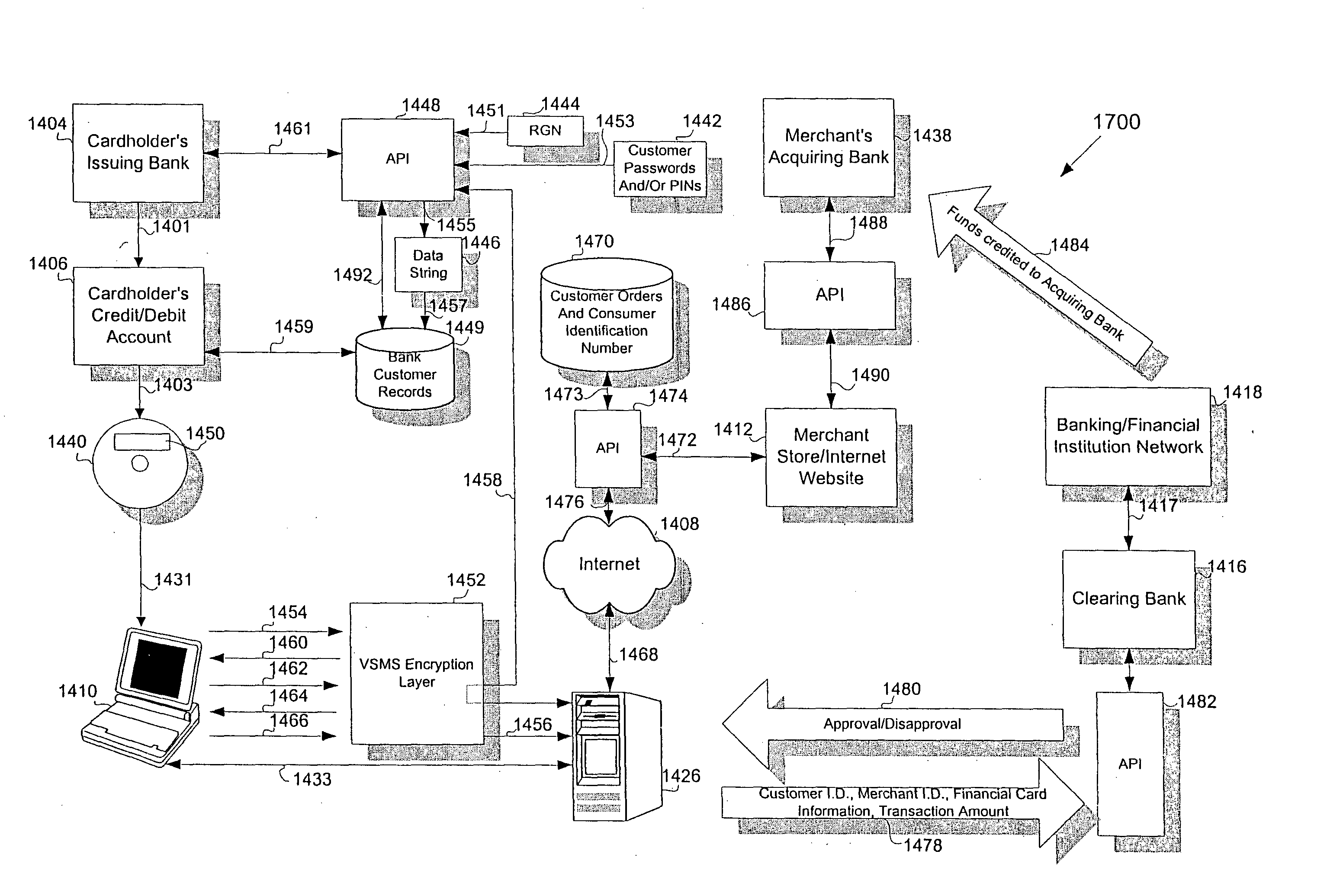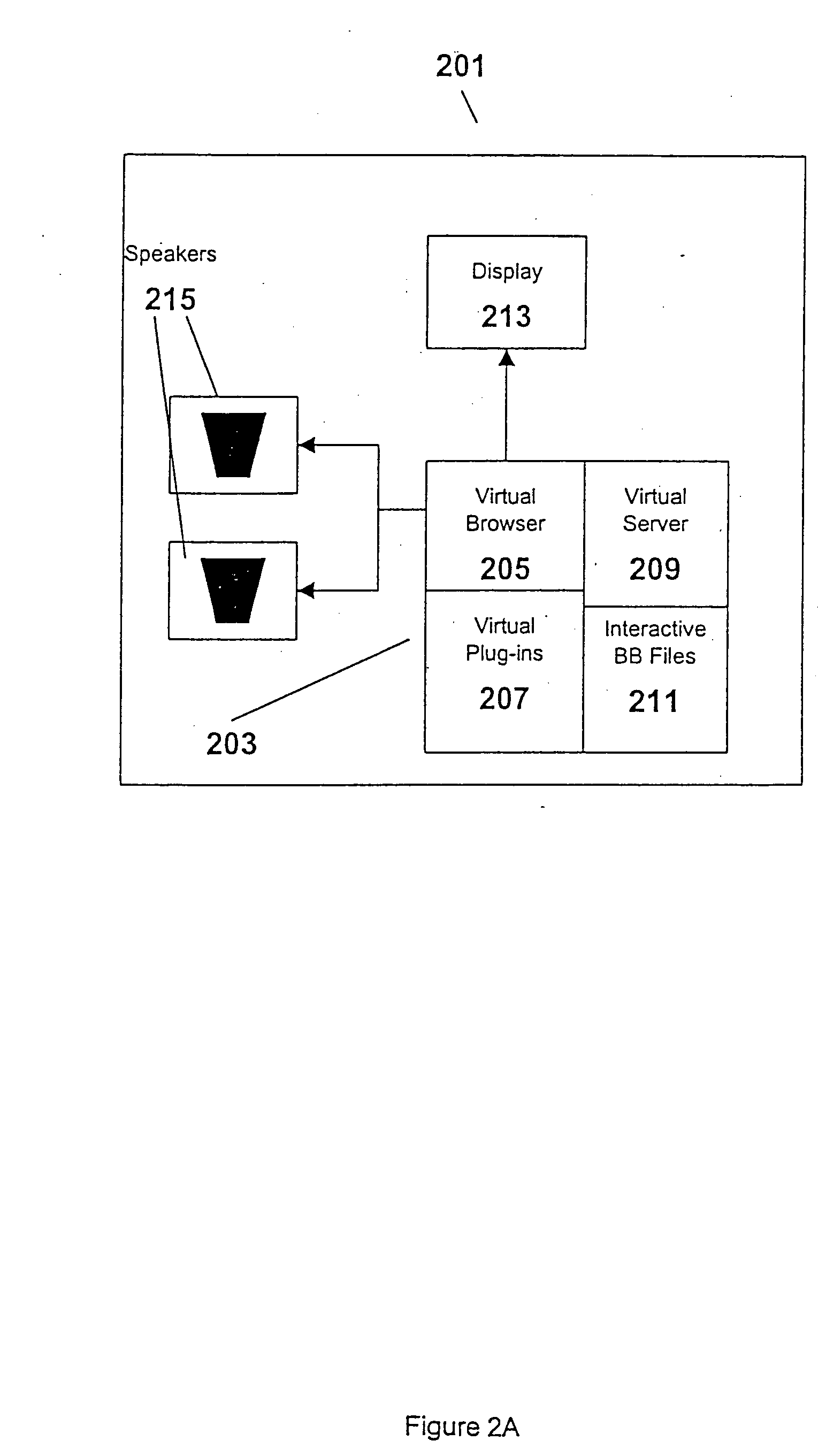If the impulse purchase is not concluded quickly, the impulse may pass and the sale may be lost.
The amount of time that it takes to find the desired item is critically important because surveys have shown that, the longer that it takes to find the item to be purchased, the more likely that the user will not complete the purchase.
Once the desired item is found, however, the user may fail to complete a purchase for a variety of reasons.
One reason that an individual may fail to complete the purchase is that they may become discouraged by the amount of time required to complete the transaction, even after finding the item.
A further
delay that is encountered, once the user has located the particular item to be purchased, is the process of “checking out.” Checking out may involve the delivery of several different checkout pages and forms to the user as well as several data interchanges between the user'
s system and the E-Commerce
web server.
Some surveys show that more than half of the users who start to purchase a product on-line do not end up actually
purchasing the product because of site slowdown.
Additionally, during peak periods it has been found there may be 100%
packet loss of at least one segment of
network connection streams due to packets being dropped at Internet connection points.
Additional delays may be encountered in the checkout
queue.
The checkout
queue may be long and individuals ahead of the buyer in the
queue may take long periods to complete their transaction.
If for example an item is not located within the checkout
scanner computer and the price must be located, if a person checking out is paying with a
credit card that needs an inordinately long period to authorize, or if an individual who is writing a check has difficulty in procuring the proper
authorization, the time spent in the checkout queue can be burdensome.
Excessive time spent in actually
purchasing an item is a major factor in causing users to abort their transactions.
If a user does not have the particular
software necessary to receive data streamed from an E-Commerce website, the user will encounter delays in the shopping experience.
Additionally, older equipment, lack of
computer memory and slow modem speeds may render a user'
s system incapable of handling some of the more demanding web pages.
Other factors that increase delays for the user can significantly diminish the shopping experience.
Some delays, however, are endemic to the nature of
the Internet.
Data transport across the Internet to a remote site, as well as packetizing information into discreet data packets, takes a finite amount of time and therefore produces
delay.
Delays beyond 8 seconds in loading a
web page can be extremely detrimental to the probability that the user will complete the website interaction with a purchase.
However, direct marketing through printed catalogs also have difficulties.
For example, even though printed catalogs are often sent to a targeted audience, only a very small percentage of the catalogs result in actual product orders.
Additionally, when a printed catalog is sent, aside from the name, address and whatever criterion caused the printed catalog to be sent out in the first place, typically little is known about the person to whom the printed catalog is sent.
It is almost impossible, with a print catalog, to find out which pages provided the most customer appeal.
However, smaller or newer merchants, or those with a smaller sales volume, may be required to pay fees to a transaction authorization agent to perform financial card
payment processing services for the merchant due to the reluctance of the clearing
bank to deal directly with these smaller or newer merchants.
Thus, although these smaller merchants may obtain from the clearing
bank the same
verification information as the larger merchants, the use of a transaction authorization agent is an significant additional cost of doing on-line business for these merchants.
On the one hand, consumers are reluctant to provide their financial card information over the Internet because they fear that there is a
hacker “
eavesdropping” and ready to intercept their financial information as soon as they transmit it to the merchant.
On the other hand, merchants are reluctant to accept financial card information for a transaction when the cardholder and card are not both physically present.
In contrast, during an Internet transaction, it is more difficult for the merchant to ensure that the
consumer is actually the person authorized to use the financial card, or even that the financial card is a genuine one.
The reluctance of the merchant to accept a transaction on a “Cardholder Not Present” basis is only increased when the merchant knows that he or she will almost always be responsible for any losses incurred if the transaction turns out to be fraudulent.
Thus, accepted fraudulent financial card transactions may significantly affect a merchant's bottom line.
However, the majority of unauthorized access to consumers' financial card information occurs not during the transaction, but after the transaction is completed and the financial card information is in the possession of the merchant.
For example, the merchant may store the
consumer's information in a
database that is not secure.
Unauthorized access to the merchant's
database, for example by one of the merchant's employees or by a
hacker, may result in the
consumer's financial card information being obtained and used in fraudulent transactions.
Thus, the consumer's financial card information is currently not well-protected once in the possession of the merchant.
However, although a merchant may be provided with limited protection by using an AVS, he or she may still be vulnerable to more determined and resourceful perpetrators of
Internet fraud.
For example, in some cases, as a result of
identity theft, the perpetrator has more information about the legitimate cardholder than the
issuing bank.
Thus, although
verification systems exist for the purpose of verifying that a financial card transaction is genuine, a resourceful Internet criminal can readily bypass the systems and appear to be an authorized user of the financial card.
 Login to View More
Login to View More  Login to View More
Login to View More 


